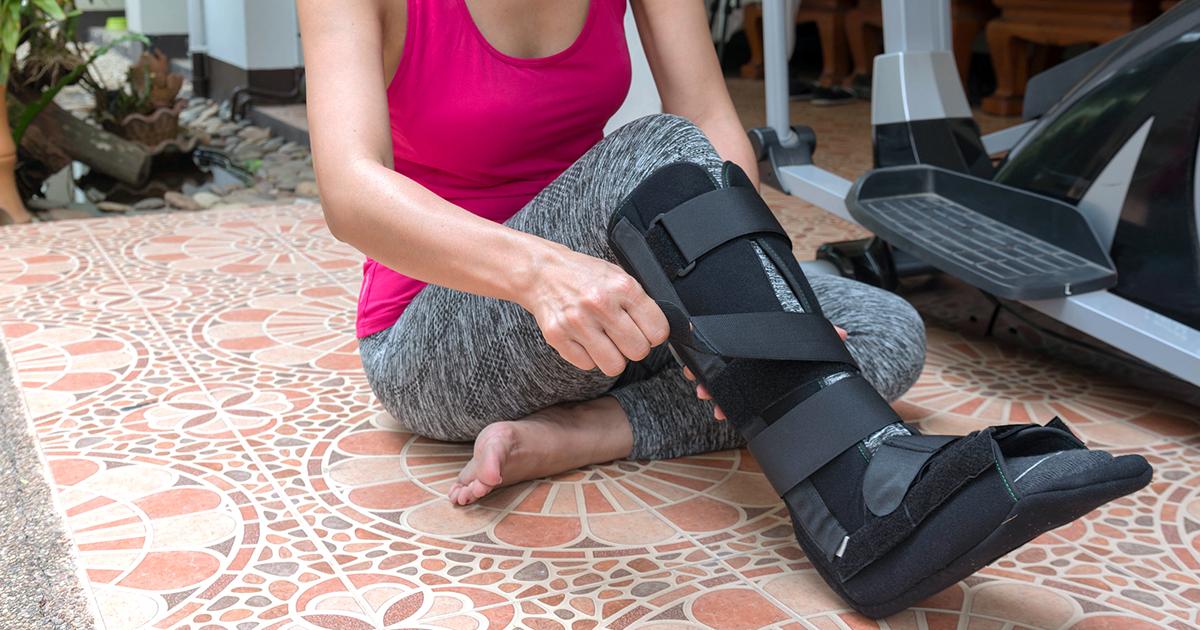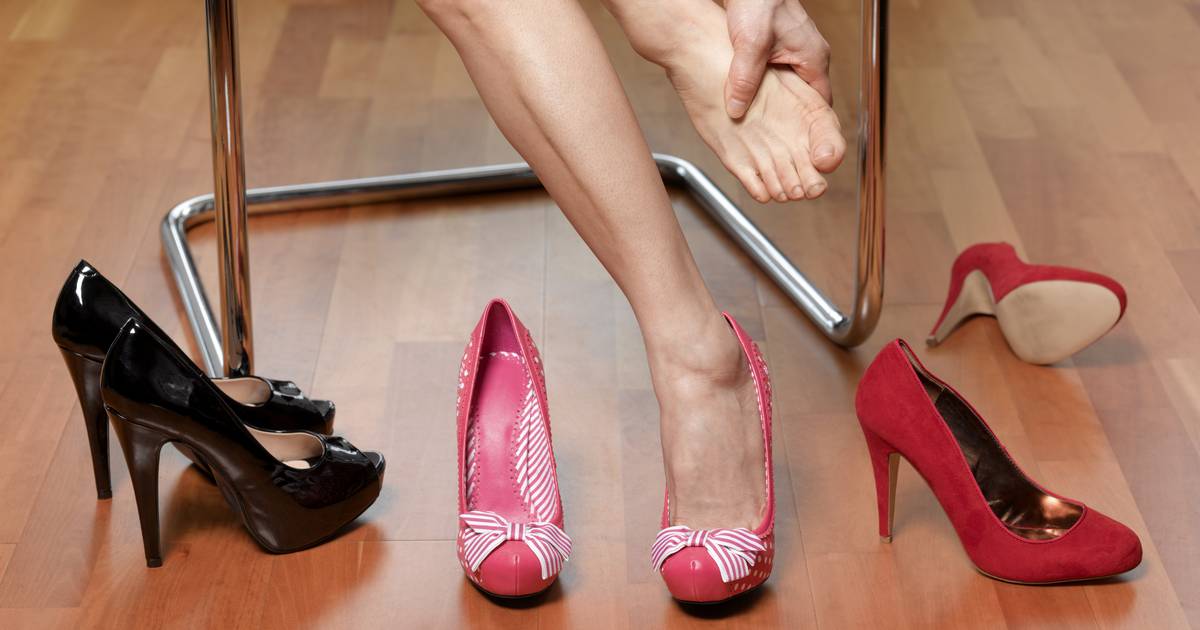Methods For Treating Claw Toe
Claw toe, sometimes also called claw foot, is a condition in which the toes are curled inward toward the bottom of the foot. It can occur in any toes except the big toe and frequently occurs in more than one toe at a time. Claw toe may be present from birth or develop later in life. The disorder is believed to be caused by damage to the nerves and can sometimes be a sign of an underlying condition such as Charcot-Marie-Tooth disease, diabetes, cerebral palsy, rheumatoid arthritis, or stroke. Some experts believe claw toe develops from imbalances in the foot muscles that lead to an abnormal degree of rigidity in the ligaments and tendons. It may also occur following an injury to the foot or ankle. As with several other foot ailments, women are more commonly affected by claw toe than men, and the disorder is most often diagnosed in individuals over seventy years old. Claw toe can be diagnosed with a physical exam, during which the doctor will move the toes and feet to assess pain, flexibility, and range of motion. Occasionally, x-rays, an ultrasound, or nerve conduction studies may be used to assess severity and plan treatment options.
The following treatment options may be beneficial for patients experiencing symptoms of claw toe.
Wearing A Splint

For claw toes that still maintain a degree of flexibility and are not completely rigid, wearing a splint can help alleviate pain. Using a splint will uncurl the toes and return them to their anatomically correct position. This will relieve pressure on the entire foot and eliminate friction and redness by ensuring that toes do not rub against the bottom of shoes. Splints can be worn during the day, while doing sports, and at night (specialized night splints are used for this). To avoid damage to the toes or foot, do not force the toes into the splinted position if it is too painful to do so, and do not wear splints continuously. A variety of splints are available over the counter at pharmacies. Gel, foam, and silicone are some of the materials most commonly used for these types of splints. If over-the-counter splints do not provide symptom control or if new symptoms develop after trying them, patients should consult a podiatrist or orthopedic specialist for individualized care.
Get to know the next option for treating claw toe now.
Foot Exercises

Foot exercises can help strengthen and lengthen the muscles, tendons, and ligaments of the feet and toes, encouraging proper alignment of these structures. Foot exercises may not be beneficial in all cases, and they may worsen symptoms if done improperly. Patients should see a healthcare professional or physical therapist before starting any foot-related exercise regimen. These professionals will be able to clinically assess the situation, advise if exercises are appropriate, and recommend the most effective ones for specific symptoms. Ideally, these exercises should be done under the guidance of a physical therapist, who can help with a suitable exercise schedule and an appropriate number of repetitions for each exercise. Commonly recommended exercises for claw toe include marble pickups, towel curls, and gentle stretching. Marble pickups involve placing marbles on the floor and picking them up between two toes. Towel curls consist of using the toes to crumple a towel. Gentle stretching helps lengthen the affected muscles and involves grasping the toes, placing them in their correct alignment, and holding the stretch for a few seconds.
Discover the next option for treating claw toe now.
Proper Footwear

Footwear choices are especially important for individuals who are experiencing claw toe. The condition is frequently exacerbated by wearing high heels or tight shoes with narrow toe boxes. Patients should choose shoes wide in the toe area so their toes do not touch the top or end of the shoe to minimize the pain and swelling associated with claw toe. Shoes with flexible fabric, such as soft leather or knit, are recommended so the toes can move freely. Soles of shoes should have adequate arch support that is not too rigid. Since claw toe places extra pressure on the toes, heel heights on shoes should be limited to no more than two inches to avoid increased foot pain and possible swelling. Specialist shoe stores that cater to individuals with foot problems can provide more options for proper footwear than regular shoe stores, and podiatrists or orthopedists can also provide customized shoe inserts to minimize pain.
Continue reading to learn more about how claw toe is treated now.
Surgery

Surgery may help restore normal toe and foot function and quality of life for patients who experience significant pain or deformity due to claw toe. The operation may involve both bone and tendon realignment and aims to restore toes to their normal, straight position. Generally, the procedure can be performed on an outpatient basis. X-rays, ultrasounds, blood tests, and electrocardiograms may be needed before surgical treatment to assess both foot health and general suitability for the operation. The foot may be in a cast or special orthopedic boot for a few weeks following the procedure, and most patients generally make a complete recovery in approximately six to eight weeks. While the operation may relieve pain, some patients may have a recurrence of claw toe following the procedure. In cases where nerve damage is severe, or the patient has diabetes, surgery may not be appropriate, and treatment with conservative measures may be offered instead.
Read about the next option for claw toe treatment now.
Medications

A variety of medications can be useful in managing the symptoms of claw toe. Anti-inflammatory medicines such as ibuprofen or naproxen sodium can provide suitable pain relief in early stages or for mild cases of claw toe. Occasionally, stronger medications such as steroids may be indicated, and sometimes botulinum toxin type A can be used in certain cases. Since claw toe often results from an underlying condition, it is important these illnesses are appropriately treated. For example, individuals with diabetes should take care to ensure their blood sugar is well controlled, and individuals with nerve damage should be properly monitored and take medicines as instructed by their doctors.
